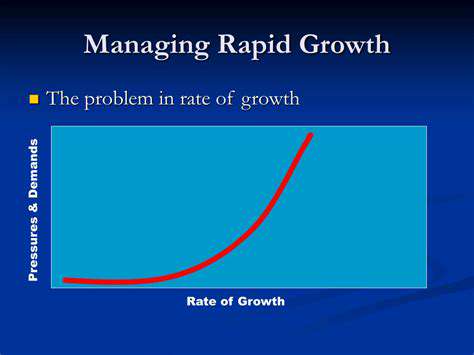Sourdough Starter Troubleshooting: Common Issues & Solutions
Jun 20, 2025 / btwgardenmachine/
Diagnosing a Faulty Sourdough Starter

Recognizing the Signs of Trouble
When your sourdough starter isn't performing as expected, several telltale signs emerge. The most obvious indicator is a lack of rising after feeding, which suggests the microbial balance is off. You might notice an unpleasant odor - anything from spoiled milk to nail polish remover signals fermentation problems. The texture could become excessively runny or develop an unappealing layer of liquid (hooch) on top.
Understanding the Microbial Ecosystem
Your starter houses a delicate community of wild yeast and lactic acid bacteria. These microorganisms require specific conditions to thrive and produce the gas that makes dough rise. When environmental factors shift or feeding routines become inconsistent, certain strains may dominate while others dwindle, leading to poor performance.
Environmental Factors Affecting Starter Performance
Temperature's Critical Role
Yeast activity fluctuates dramatically with temperature changes. At 70°F (21°C), fermentation progresses steadily, while below 60°F (15°C) it slows significantly. The ideal range for most starters is 70-78°F (21-26°C). Consider using a proofing box or finding a consistently warm spot in your kitchen to maintain stable conditions.
Humidity and Airflow Considerations
While often overlooked, atmospheric moisture impacts starter hydration. In arid environments, cover your starter with a damp cloth to prevent crust formation. In humid climates, use a breathable cover to prevent condensation buildup that can dilute your starter.
Optimal Feeding Practices

Establishing a Consistent Routine
Regular feedings at consistent intervals are more important than the specific schedule you choose. Whether you feed twice daily or weekly depends on your storage temperature. The key is maintaining rhythm - erratic feeding starves microorganisms then floods them with food, creating instability.
Choosing the Right Ingredients
Flour quality significantly impacts starter health. Whole grain flours contain more nutrients but may require more frequent feedings. For maintenance, many bakers prefer unbleached all-purpose or bread flour. Water quality matters too - if your tap water contains chlorine, let it sit overnight before using or opt for filtered water.
Troubleshooting Specific Issues
Reviving a Sluggish Starter
When activity wanes, try these revival techniques:1. Increase feeding frequency to twice daily2. Use warmer water (about 80°F/27°C) for feedings3. Temporarily incorporate whole wheat or rye flour4. Reduce the amount of starter you keep at each feeding
Calming an Overactive Starter
For starters that peak too quickly:• Reduce ambient temperature• Increase time between feedings• Use cooler water (60-65°F/15-18°C)• Switch to all-purpose flour if using whole grains
Advanced Maintenance Techniques
Long-Term Storage Solutions
When not baking regularly, store your starter in the refrigerator. Feed it weekly for maintenance, or monthly if you add extra flour to thicken it. For extended storage (several months), dry some starter on parchment paper and store in an airtight container.
Creating Starter Backups
Experienced bakers always maintain multiple starters. Keep a small portion of your active starter in the fridge as an emergency backup. You might also consider freezing a portion or sharing some with friends to create a distributed backup system.
Remember that every starter develops unique characteristics based on your environment and care. With patience and consistent attention, you can cultivate a reliable starter that produces exceptional bread for years to come.